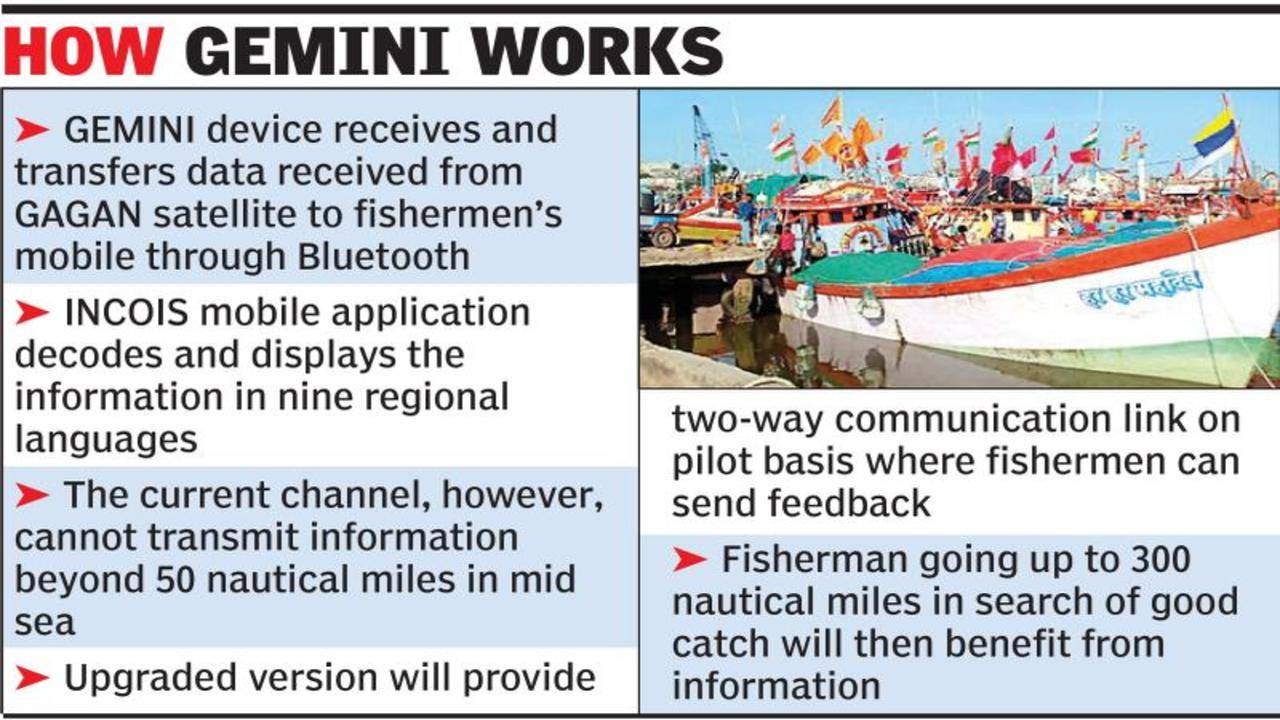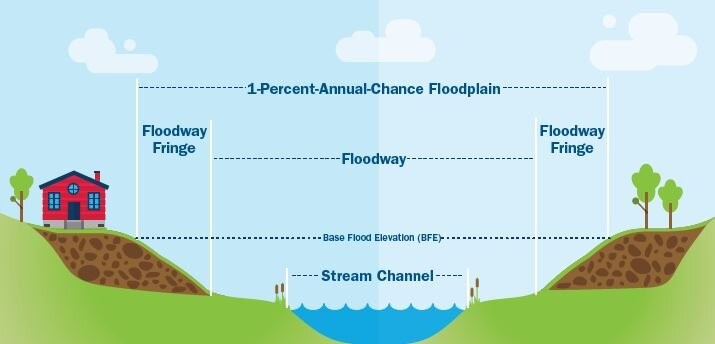Topics
- Prevention Detention
- Nabhmitra
- Flood Plains Zoning
- Kashi Culture Pathway
- Addis Ababa Declaration
- Onam
- National Sports Day – 29 August
Prevention Detention
Context
- Prior to a religious procession, several individuals were placed under preventive custody in Haryana to maintain public order.
- Preventive detention, distinct from arrest, involves holding individuals to prevent potential disturbances in law and order, even without formal charges of a specific crime.
Definition of Preventive Detention
- Arrest pertains to individuals being formally charged with a crime.
- In contrast, preventive detention involves detaining individuals without specific charges to avert actions that could disrupt law and order.
Preventive Detention within Indian Legal Framework
- Detention without Magistrate’s Order: Authorities can apprehend individuals without a magistrate’s warrant if there is suspicion of potential criminal behavior.
- Preventive Detention Law, 1950: This legislation allows arrest and detention when an individual’s liberty jeopardizes national security, foreign relations, public interests, or the country’s well-being.
- Unlawful Activities Prevention Act (UAPA), 1968: This act empowers the state to incarcerate individuals associated with territorial questioning of Indian sovereignty or membership in outlawed organizations.
Constitutional Safeguards and Exceptions:
- Article 22(1) and 22(2): These constitutional provisions ensure that detained persons are informed of charges, can access legal counsel, and are presented before a magistrate within 24 hours.
- Article 22(3): Nonetheless, these safeguards do not extend to enemy aliens or individuals detained under specific laws allowing preventive detention.
Statistics on Preventive Detention
- Upward Trend: According to the NCRB report, preventive detentions have increased, with over 24,500 individuals held by the end of 2021 – the highest since 2017.
- National Security Act (NSA): Of these detentions, more than 483 were under the NSA, with approximately half remaining detained by the end of 2021.
- Historical Context: In 2017, 67,084 individuals were preventively detained, of which 48,815 were released within six months, while 18,269 remained in custody.
Concerns and Legal Viewpoints
- Rising Instances: The frequency of preventive detentions has escalated since 2017, particularly in 2021.
- Supreme Court’s Stance: The Supreme Court emphasizes that preventive detention is justifiable solely to avert public disorder and should not supplant regular laws for upholding law and order.
Balancing Civil Liberties: While preventive detention aims to control disruptive and subversive elements, apprehensions arise regarding potential misuse, arbitrary actions, and infringements on civil liberties.
Nabhmitra
Context
- The ISRO Space Applications Centre located in Ahmedabad has developed an innovative device named ‘Nabhmitra’ with the aim of improving the safety of fishermen during their activities at sea.
Nabhmitra in Detail
- Nabhmitra utilizes satellite-based communication to offer uninterrupted messaging services while fishermen are out at sea.
- Important notifications like weather updates and cyclone warnings will be communicated in the local language for better understanding.
- During critical situations like boat capsizing or fires, fishermen have the ability to send distress signals using this device.
- The key feature of this device is an emergency button that establishes a direct line of communication with the central control center.
- Once the emergency button is pressed, the control center is immediately alerted, receiving information about the precise location of the boat.
- Concurrently, the boat’s crew receives a response message from the control center.
Advantages of Nabhmitra
- The primary advantage of Nabhmitra is its enhancement of fishermen’s safety by facilitating prompt communication during emergencies.
- Timely updates on weather conditions and cyclone alerts enable fishermen to make well-informed decisions.
- The device also furnishes details about shipping lanes, maritime borders, and fishing zones.
In situations of accidents or emergencies, the device facilitates efficient communication between boats and relevant authorities.
- GEMINI, a portable receiver connected to ISRO satellites, serves as a reliable tool to alert fishermen about potential dangers.
- The collaboration between the Indian National Centre for Ocean Information Services (INCOIS) and a private company called Accord led to the development of this box-shaped receiver.
- It features an antenna and a built-in battery with a lifespan of three to four days.
- GEMINI utilizes the GAGAN system created by ISRO and the Airports Authority of India, functioning as an indigenous global positioning system relying on ISRO’s GSAT satellites for positioning.
Purpose:
- The primary purpose of GEMINI is to efficiently share emergency information and facilitate communication regarding Ocean States Forecast and Potential Fishing Zones (PFZ) mapping for fishermen.
- The Ocean States Forecast provides precise oceanic conditions forecasts encompassing elements like wind, waves, ocean currents, and water temperature.
- On the other hand, PFZ supplies fishermen with insights into potential fish aggregation areas at sea.
- Notably, GEMINI offers a means for fishermen located beyond their phone companies’ signal range (around 10-12 km) to receive alerts, as the device is capable of transmitting signals up to 300 nautical miles.
- This capability proves invaluable during situations such as cyclones, high waves, and tsunamis.
Background:
- INCOIS, an autonomous entity under the Ministry of Earth Sciences (MoES), operates from Hyderabad.
- Established in 1999 as part of the Earth System Science Organization (ESSO), its mission involves furnishing optimal oceanic information and advisory services to diverse sectors such as society, industry, government bodies, and the scientific community.
- Achieving this goal entails continuous ocean observations and systematic research enhancements.
Flood Plains Zoning
Context
- Punjab has been facing severe flood challenges for more than a month, predominantly impacting villages situated along rivers such as Sutlej, Beas, Ravi, and Ghaggar.
- The areas known for fertile flood plains have been severely affected due to floods worsened by unauthorized construction and encroachments.
Significance of Flood Plains
- Flood plains adjacent to rivers act as natural barriers against inland flooding.
- When kept free from concrete structures, they can absorb excess water, thus protecting other areas from flooding.
Properly managed flood plains also play a role in recharging groundwater levels and maintaining the water table.
Understanding Flood Plain Zoning
- Flood plain zoning involves the practice of categorizing and regulating different sections within flood-prone regions based on their vulnerability to flooding and the severity of flood events.
- The goal is to control land use and construction activities in these zones, reducing the dangers linked to flooding, safeguarding communities and infrastructure, and preserving the natural functions of flood plains.
- This process entails designating specific zones within flood-prone areas and setting up rules and recommendations for development, construction, and land use within each zone.
Current State: Absence of Zoning in Punjab
- Directives from the National Green Tribunal (NGT) dictate that construction should not take place within a 500-meter range from a river’s central course.
- However, Punjab has not yet initiated the flood plain zoning process, allowing encroachments to persist and continuously endanger riverside villages.
Consequences of Inaction: Impact on People and Ecosystems
- Lack of regulation in construction leads to heightened flood risks further inland, causing more significant harm during flooding incidents.
- The concretization of flood plains delays water drainage and has negative effects on soil fertility and quality.
Flood Prone Areas and the National Scale Issue
- Several districts, including Ropar, Ludhiana, Ferozepur, Patiala, and others, are situated within flood plains, highlighting the necessity for preparedness.
- Nationally, the challenge remains substantial as only four states have conceptually adopted flood plain zoning, yet its execution has been inadequate.
- Even among those that have implemented zoning, clear demarcation of flood plains has often been lacking.
Advocacy by Activists
- Environmental activists and non-governmental organizations in Punjab have been emphasizing the importance of flood plain zoning to mitigate risks.
- Prompt initiation and completion of flood plain zoning are urgently needed to safeguard lives, property, and ecosystems from devastating floods.
Conclusion
The recent flood events in Punjab emphasize the immediate need for flood plain zoning to prevent catastrophe.
Through the effective implementation of zoning measures, the state can protect its citizens and environment from the detrimental impacts of unregulated construction and flooding.
It is essential for Punjab to take swift and decisive action to enforce flood plain zoning, thus safeguarding vulnerable areas from the ongoing threat of floods.
Kashi Culture Pathway
Context
The Varanasi gathering of G-20 Culture Ministers led to unanimous approval of the ‘Kashi Culture Pathway’ declaration.
Kashi Culture Pathway
- Under this initiative, G20 nations are dedicated to tackling concerns related to the protection of cultural heritage, reduction of illegal artifact trading, return of cultural items, and safeguarding living heritage, especially that of indigenous communities.
- The core components and consequences of the document underline the shared standpoint of G-20 countries regarding safeguarding culture.
Key Highlights
- Preservation in Conflict Situations: The ‘Kashi Culture Pathway’ paper highlights the joint pledge of G-20 countries to safeguard cultural heritage, preventing both deliberate and accidental damage, especially during conflicts.
- Addressing Illicit Trade: G-20 member states accentuate the importance of forming a strong worldwide alliance to counter the unlawful trafficking of cultural artifacts, with a specific focus on enhancing cooperation among law enforcement agencies.
- Strengthened Collaboration and Resources: The document emphasizes the need for nations to collaborate and reinforce enforcement mechanisms to make the fight against cultural property trafficking more effective. This includes voluntary exchange of information to aid investigations and law enforcement actions.
- Empowering Cultural Experts: The declaration underscores the enhancement of research, documentation, and skill development for cultural experts, legal professionals, and law enforcement personnel, enabling them to more effectively counter the illicit trading of cultural items.
Prevention and Regulation: The document stresses proactive measures, including regulatory steps against the unauthorized export of cultural objects, particularly in the context of online trade.
Addis Ababa Declaration
Context
The Addis Ababa Declaration was signed by 54 nations, acknowledging the environmental issues of land degradation, desertification, and drought.
- African ministers responsible for the environment have reached a consensus to establish both national and regional strategies aimed at minimizing the negative environmental effects associated with the extraction and processing of critical mineral resources.
- The African continent is currently facing challenges due to the growing demand for its mineral resources, notably from countries such as China.
- The declaration, issued on August 18, 2023, in Addis Ababa, Ethiopia, drew attention to pressing ecological concerns including land degradation, desertification, and drought.
- This significant declaration was the outcome of the 19th African Ministerial Conference on the Environment (AMCEN) 2023, a conference that took place from August 14 to 18 in Addis Ababa, Ethiopia.
- The conference centered its discussions around the theme “Seizing Opportunities and Enhancing Collaboration to Address Environmental Challenges in Africa.”
The United Nations Environment Programme reported that productive conversations transpired during the AMCEN 2023 event, primarily focused on developing cooperative strategies to confront challenges and leverage emerging possibilities.
Objectives and Aims:
- Environmental Concerns: Prompt action concerning climate change, plastic pollution, marine conservation, biodiversity preservation, and natural resources.
- Global Targets: Mitigating climate change impacts, safeguarding ecosystems, and promoting sustainable development.
- Biodiversity Framework: Implementation of the Kunming-Montreal Global Biodiversity Framework through updated national objectives and targets.
- Funding for Biodiversity: Closing the annual biodiversity finance gap of approximately $700 billion, with an increase in international funding.
- Development Assistance: Enhancing international financial support for developing nations to reach $20 billion per year by 2025, with a global aim of $100 billion per year.
- African Blue Economy: Giving precedence to the African Union’s Africa Blue Economy Strategy.
- Africa UN Forum: The Africa UN Science-Policy-Business Forum was inaugurated on August 17, 2023.
- African Priority: Concentrating on inclusive and sustainable economic transformation while simultaneously tackling challenges like climate change, biodiversity decline, and pollution.
- Topics Discussed: Engaging African nations at the UN Environment Assembly, addressing issues of plastic pollution, and combating desertification.
COP28 Focus: The designated President of COP28 underlines the importance of financing adaptation efforts and energy transition, with particular emphasis on Africa.
Onam
Onam stands as the annual harvest festival of Kerala, renowned for its deep-rooted cultural celebrations.
Cultural Significance:
- Also referred to as Thiru-Onam or Thiruvonam.
- Embraced with great enthusiasm by the Malayali populace residing in Kerala.
Duration: The festivities span ten days, traditionally occurring during the Malayalam month of Chingam (August-September).
Rituals and Traditions:
- The observance of rituals such as Atham, Chithira, Chodi, Vishakam, Anizham, Thriketta, Moolam, Pooradam, Uthradom, and Thiruvonam holds profound cultural significance.
- Embedded customs like nakkodi (giving new clothes) and Vallamkali (boat race) are upheld.
Occasion: This Hindu harvest festival finds its primary observance within the boundaries of Kerala, India.
Vallam Kali (Boat Races):
- Vibrant boat races take place on rivers, especially within Kerala’s scenic backwaters.
The Nehru Trophy Boat Race, a renowned event in Alappuzha, garners significant attention.
National Sports Day
Context: The Prime Minister has extended his greetings to all athletes on the occasion of National Sports Day.
- National Sports Day, also known as Rashtriya Khel Divas, is commemorated annually on the 29th of August in India.
- This day pays homage to the iconic hockey fi gure, Major Dhyan Chand, whose birth anniversary falls on this date in the year 1905.
- Major Dhyan Chand was bestowed with the Padma Bhushan Award in 1956 by the Indian Government, marking it as the third-highest civilian accolade in the country.
- The inception of this day as India’s National Sports Day took place in 2012. It serves as a nationwide observance dedicated to honoring our accomplished sports personalities.
- During this occasion, distinguished awards are presented by the President, including the Major Dhyan Chand Khel Ratna Award, Arjuna Award, Dronacharya Award, and Dhyan Chand Awards.
- The core objective of the National Sports Day revolves around fostering an understanding of the significance of sports and the importance of maintaining physical fitness in our daily lives.
To promote awareness about National Sports Day, the Government of India arranges a variety of programs, events, seminars, and other initiatives.









